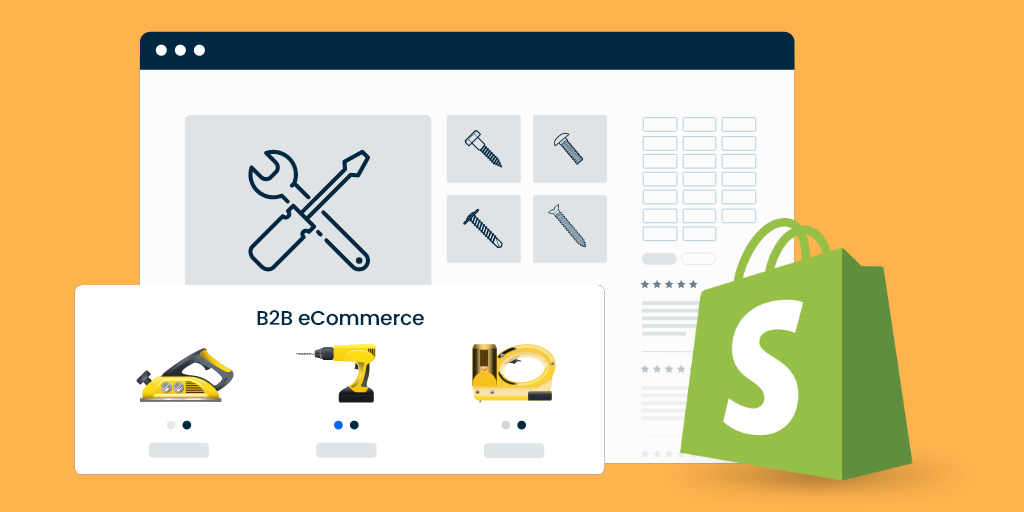How Zellbury Managed Rising Platform Costs by Migrating to Shopify Plus
Recently, we came across a LinkedIn post from Waqas Pervez, GM eCommerce and Customer Care at Zellbury, a leading fashion eCommerce brand in Pakistan. He shared the news of Zellbury’s migration from Magento to Shopify Plus.
Given that many of our customers and prospects are considering similar moves, we decided to get firsthand insights from Waqas about the Magento Community, challenges Zellbury faced, reasons for their migration, and his recommendations for others in the same situation.
Here’s what he had to say.
Challenges with Magento Community Edition and Why Exactly They Moved
In 2022, Zellbury transitioned from Magento Enterprise to Magento Community after unreasonable price hikes of the Enterprise version, which didn’t make sense for the company.
Magento community with all its flexibility worked well for Zellbury in the beginning. Deployment on AWS, a headless React storefront and several custom apps and integrations ensured everything ran smoothly and efficiently.
So, did Zellbury move just because Shopify was the ‘coolest kid on the block’?
Before we took a deeper dive into the migration process and the post migration optimizations, we asked Waqas to shine a light on the real reasons why they migrated.
1- Finding Good React JS Developers for the Headless Magento Theme
While headless gives more power, that power often becomes a burden than a benefit. This is a recurring theme we have seen with many mid market eCommerce brands, including Zellbury.
Having React JS as their front end stack, Zellbury faced a significant challenge finding good React developers that were also well versed with Magento processes and APIs.
That was one of the reasons why they considered moving to Shopify Plus.
2- Rising Server Cost
“Due to its flexibility, Magento offers immense room for customizations that streamline most of our processes, including order processing and Checkout,” said Waqas. “However, these heavy customizations led to an increase in server capacity ultimately increasing the overall cost of the build.”
3- Dynamic Routing Functionality and The Decision to Move to Shopify Plus
Despite the above challenges with Magento, Zellbury was tightly tied to the flexible open source platform. Magento with its free room for customization worked extremely well for the eCommerce company that had several customizations built to enable seamless checkout and order processing.
Zellbury needed all those customizations because of their “ship-from-store” approach to order fulfillment. Instead of having multiple warehouses to store their products, they maintain a single directory that includes all their store locations. When a customer places an order, the system checks this directory to find the closest store with the item in stock. The order is then processed and shipped from that nearest store. This approach saves them inventory holding costs in warehouses and reduces the cost of human resources, as they can use existing store staff to pick and pack items for shipping.
Zellbury built a custom app on Magento to handle this functionality during checkout. This feature was crucial for them. Although they wanted to move to Shopify earlier, Shopify’s limitations regarding post-checkout customizations were a hindrance.
However, when Shopify rolled out their new dynamic routing feature in one of their major updates, that was the ultimate decisive moment for Zellbury. Not only was Shopify giving the feature natively in their platform, the code was also way better and more optimized than their custom Magento app.
What Solutions Zellbury Used to Keep the Cost of Shopify Plus in Control
“There is an app for everything but there is an app for a basic thing as well”
One of the challenges with Shopify Plus that Waqas pointed out was the dependency on 3rd party apps.
While having a large ecosystem of apps is a benefit, it can be a disadvantage when you have to buy an app for something as simple as adding a size chart, especially when it’s billed on a recurring basis. “These features should be built-in,” he shares.
Not only does it add to the cost of the overall infrastructure but it also impacts the load time.
To work around this challenge, Zellbury hired an agency to develop a custom app that catered to all their requirements instead of buying separate apps for all their needs, especially those that handled inventory syncing and integrations with their ERP. This resulted in a one-time cost that could be recorded as a capital expenditure (CapEx) rather than ongoing app expenses.
“eCommerce optimization and CX is a lot more than making the homepage better and prettier”
When talking about user experience in eCommerce, most people only consider what it is like to upload a video on the homepage, how easy it is to edit web pages, and how pretty they look.
“The bosses usually see the homepage aesthetics and never go to checkout pages they want the pre checkout pages to look pretty. If you look at most eCommerce websites, you’ll notice that most have very pretty interfaces before the cart & checkout. As soon as you see their cart and checkout pages, you’ll notice most eCommerce managers are only making the bosses happy.”
UX optimization in eCommerce involves optimizing the overall experience including customer service, checkout experience and post checkout experience.
It not only means improving the experience for the end user but also for the internal users who use the platform to deliver a good experience to customers. To do that, you need to work on the back end processes and integrate all your systems together and make sure they are all working in sync.
“Many brands make this crucial mistake. They use expensive software like OMS and WMS to manage their inventory but nothing is synced back with Shopify. Shopify doesn’t get a clue of what is happening in their OMS and WMS. This is one of the biggest mistakes when using Shopify Plus especially when the fix is quite simple: using the right Shopify APIs and connecting the systems together the way they should be.”
Shopify’s comprehensive API documentation is one of the major advantages and not using it to its full potential is a mistake. By using these APIs, you can not only improve the UX for both the internal users and customers but also reduce your eCommerce technology bill and save on human resource cost.
“You can make your business processes completely humanless with automation. Shopify, if used in the right way, can give you excellent control over how you sell as well as manage your inventory without human assistance. For example, Zellbury has a system where as soon as a barcode is created for a new product in the ERP, it is automatically synced to Shopify using the webhooks. Similarly, our Facebook ads keep running automatically, fetching information from Shopify.“
Using automations and the right API integrations with Shopify Plus is the key to reducing your eCommerce technology expense and keep costs under control. Especially with the latest updates that Shopify has rolled out in their summer edition, brands now have few reasons to not migrate.
In a similar situation and want to move to Shopify Plus. Our expert Shopify developers can help. Reach out.
Contributors
-

Waqas Pervez
GM E-commerce & CX Zellbury




